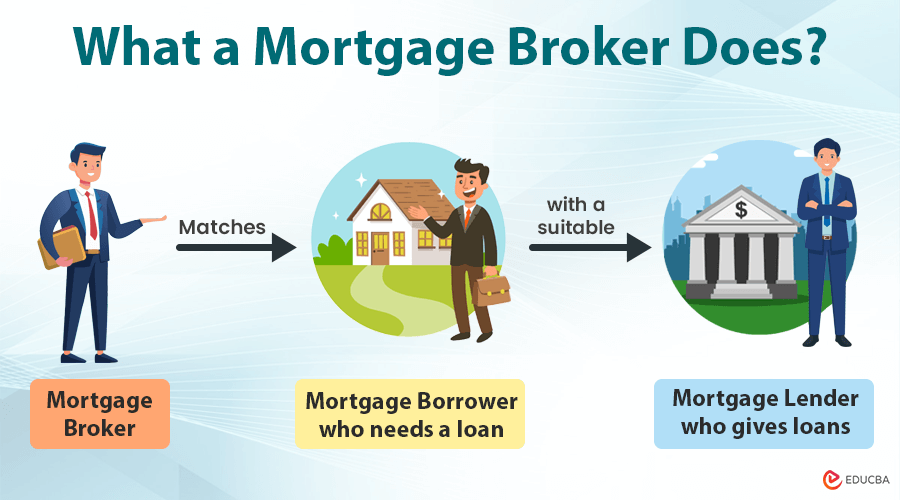Jumbo Loan: Flexible Mortgage Solutions for Big Residential Property Purchases
Understanding What a Jumbo Car Loan Entails and Exactly How It Differs From Standard Car Loans
Navigating the details of big car loans reveals a funding alternative customized for those venturing into high-value genuine estate, typically exceeding the restrictions set by the Federal Real Estate Financing Firm. In contrast, traditional finances are usually more easily accessible, taking advantage of backing by entities such as Fannie Mae and Freddie Mac. The considerable threat connected with big financings necessitates extra rigorous certification needs, consisting of greater credit rating and substantial deposits. As these two funding kinds cater to varying financial landscapes, understanding their subtleties is essential for making informed decisions in the complicated globe of property financing. Just how do you determine which course ideal fits your economic strategy?
Interpretation of Jumbo Car Loans
Jumbo financings are a type of home mortgage that exceed the adhering lending restrictions established by the Federal Housing Finance Firm (FHFA) These finances deal with customers who need to finance properties that are more costly than what standard financing restrictions permit. The FHFA establishes yearly adhering lending limitations, and any loan exceeding these thresholds is identified as a big financing.
Commonly, big lendings are utilized in high-cost real estate markets where home prices dramatically go beyond national standards, such as in cities or deluxe housing markets. As these finances are not qualified for purchase by Fannie Mae or Freddie Mac, they lug intrinsic dangers for loan providers due to their larger dimension and non-conformity (jumbo loan). Subsequently, lending institutions frequently impose more rigorous qualification standards for jumbo car loans than typical conforming lendings.
Customers seeking jumbo financings need to usually show a solid financial profile, consisting of a higher credit rating, robust income confirmation, and significant deposit, commonly 20% or more. In addition, loan providers may call for extra substantial documents to evaluate the customer's capacity to manage larger regular monthly payments. Comprehending the specific characteristics of big finances is important for possible borrowers browsing this section of the mortgage market.
Traditional Finances Overview
While big lendings deal with high-value residential property financing, traditional lendings represent the even more typical mortgage option in the real estate market. These fundings are not guaranteed or assured by any kind of government entity, such as the Federal Real Estate Administration (FHA) or the Division of Veterans Affairs (VA) Rather, they are backed by exclusive lenders and adhere to guidelines set by government-sponsored enterprises (GSEs) like Fannie Mae and Freddie Mac.
Standard lendings are typically supplied with repaired or adjustable interest rates and differ in regards to period, generally extending 15 to thirty years. Debtors frequently prefer conventional loans for their predictable month-to-month repayments, which can facilitate long-lasting financial planning. In addition, they are available for key houses, second homes, and investment buildings, offering adaptability to meet diverse debtor demands.

Trick Differences Between Finances
Understanding the subtleties in between various types of car loans is critical for potential homebuyers navigating the intricate home mortgage landscape. At the forefront of this decision-making process are traditional car loans and jumbo fundings, each having distinct attributes and offering various debtor requirements. The main difference rests in the loan quantity. Big finances surpass the adjusting funding limits set by the Federal Housing Money Agency (FHFA), which vary by area. In comparison, conventional car loans stick to these limitations and are generally purchased by government-sponsored entities like Fannie Mae and Freddie Mac.

Furthermore, the down settlement needs can vary considerably. Big car loans generally require bigger down repayments, often exceeding 20%, to minimize threat. Standard financings, conversely, may permit lower deposits, with some programs approving just 3% for professional purchasers.
Credentials Requirements
Safeguarding a big loan involves satisfying extra strict certification needs contrasted to standard loans, mirroring the raised threat to lenders. These loans, which go beyond the adapting financing restrictions established by the Federal Housing Finance Company (FHFA), are not qualified for purchase by Freddie Mac or Fannie Mae, therefore subjecting loan providers to greater economic risk - jumbo loan. Therefore, debtors have to demonstrate a high creditworthiness and economic stability
A durable credit history score, typically 700 or greater, is crucial for authorization. Lenders also expect a lower debt-to-income (DTI) ratio, frequently not exceeding 43%, guaranteeing that borrowers can take care of significant month-to-month settlements along with other financial obligations. A significant cash money book is typically needed, frequently amounting to 6 months of mortgage repayments, to guarantee lenders of the borrower's economic strength.
Down settlement assumptions are also raised, frequently beginning at 20% or more of the home's value. While this is a protect for loan providers, it demands substantial upfront resources from consumers. In addition, proof of regular, adequate earnings is vital, normally verified through income tax return, W-2s, and current pay stubs. Independent individuals may need to provide further documents, such as revenue and loss declarations, to substantiate their income stability.
Choosing the Right Loan
When choosing the most appropriate lending alternative,Browsing the intricacy of big lendings needs mindful factor to consider. With the wider variety of choices readily available to websites those looking for jumbo loans, the decision-making procedure ought to involve a thorough analysis of one's economic profile and long-term objectives. Unlike conventional car loans, big finances frequently come with more stringent needs and varied rates of interest, which necessitate comprehensive research study and a clear understanding of one's monetary standing.
When choosing in between different big loan offerings, it is vital to evaluate the car loan terms, consisting of rate of interest, payment routines, and linked fees. Debtors need to compare the rates given by various lenders to ensure they secure one of the most beneficial terms. In addition, understanding the ramifications of dealt with versus variable-rate mortgages (ARMs) is vital, as each alternative offers distinctive advantages and risks depending upon market conditions and individual economic strategies.
Involving with an economic consultant or mortgage broker can provide beneficial understandings tailored to specific conditions. These professionals can help in browsing the nuances of jumbo lendings, making sure that customers are well-informed and outfitted to select a car loan that aligns with their economic goals, ultimately facilitating a smoother home-buying procedure.
Verdict
In summary, jumbo car loans work as a financial instrument for acquiring high-value residential or commercial properties, necessitating stringent eligibility requirements and greater rates of interest because of the raised danger for loan providers. Unlike standard loans, which satisfy FHFA restrictions and might obtain backing from Fannie Mae or Freddie Mac, big loans need a minimum credit history of 700 and considerable down settlements. Understanding these distinctions is critical for consumers in high-cost actual estate markets to figure out one of the most suitable financing alternative for their requirements.
The FHFA develops annual adjusting financing restrictions, and any type of finance exceeding these thresholds is classified as a jumbo funding.
At the leading Recommended Site edge of this decision-making procedure are big finances and traditional fundings, each having distinctive characteristics and offering various consumer needs.Protecting a big finance involves satisfying a lot more stringent qualification needs contrasted to traditional finances, showing the boosted danger to lenders. Unlike traditional fundings, big financings typically come with stricter needs and varied interest rates, which demand detailed research study and a clear understanding of one's monetary standing.
Unlike traditional financings, which conform to FHFA restrictions and may obtain backing from why not check here Fannie Mae or Freddie Mac, big financings call for a minimal credit rating score of 700 and substantial down repayments.